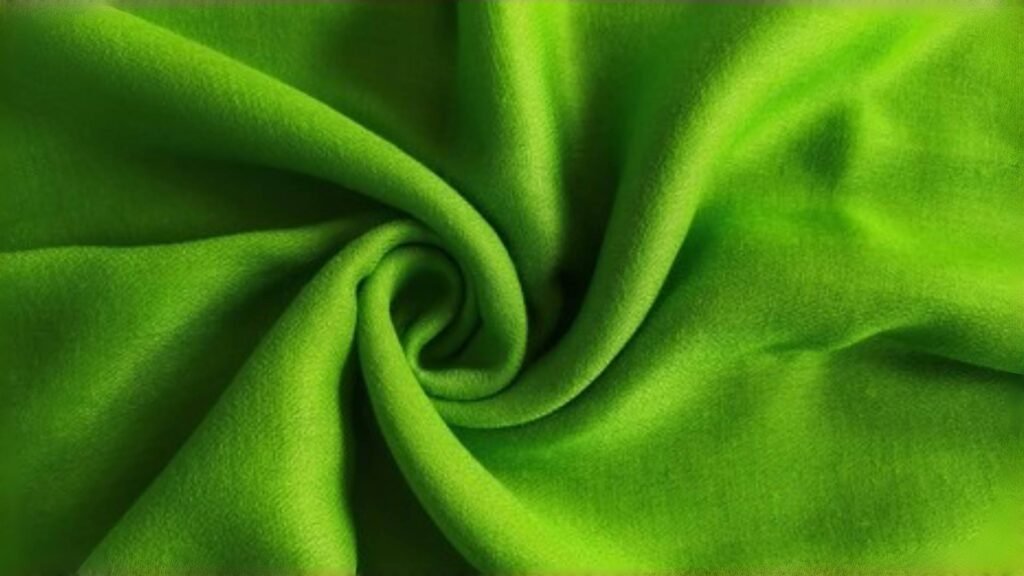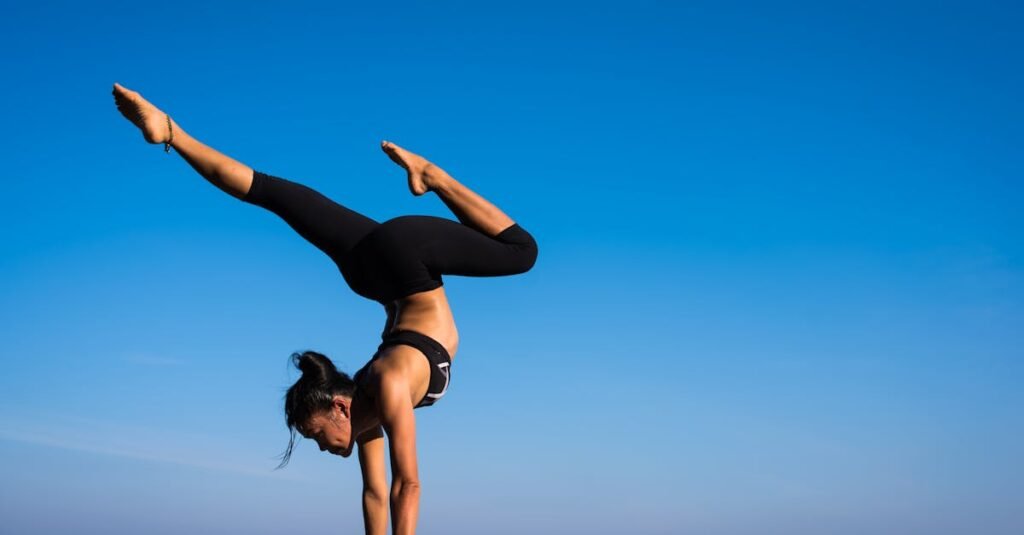High-performance and natural fiber workout clothes continues to grow, many clothing brands are turning to natural fabrics.
But there are so many natural fabrics in the market ,it is not easy to find suitable one which match your products well.The reason is that different fabrics has different property, like their stretch ,breathability, comfort… and different exercise has different requirements for above property ,That’s what makes fabric selection even more challenging.
So what is truly the best natural fiber for activewear?
In this article, we’ll walk you through how to evaluate fabric properties and match them with different workout intensities and use cases—helping you discover the best fit for your brand or product line.
If you are choosing fabrics for your own brand ,or for your activewear wholesale business.This article may be very helpful for you
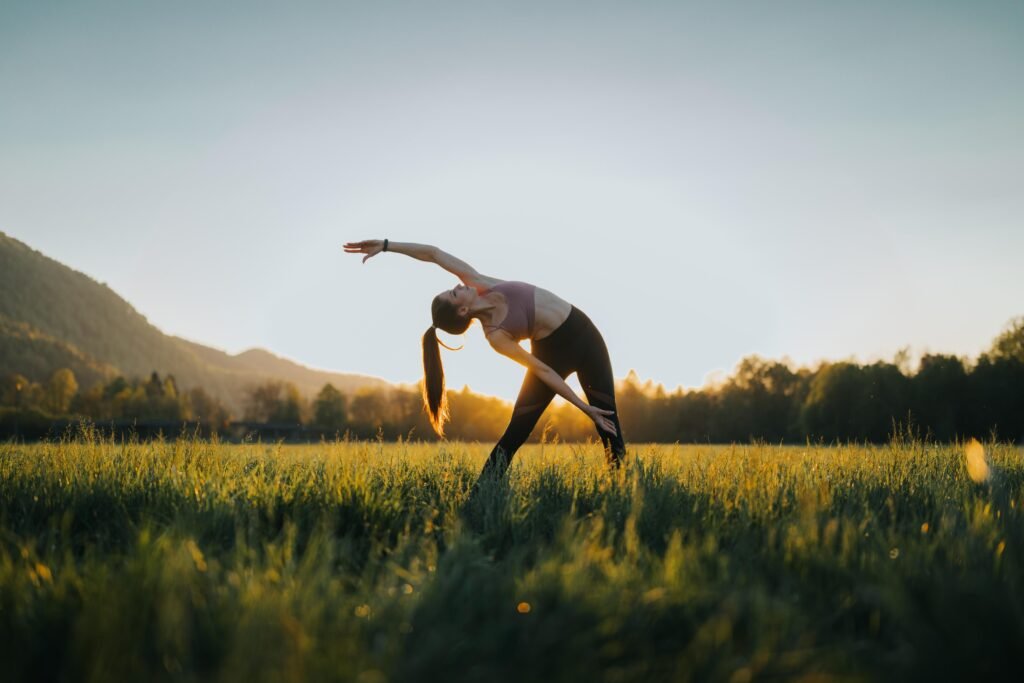
5 Factors To Consider For Natural Fabrics
1.Breathability
Obviously breathability is very important for sportswear.some of natural fabric’s biggest advantage is that they can breathe, like organic cotton ,bamboo , hemp can allow for better airflow, helping regulate body temperature during workouts or warm-weather activities. This keeps the wearer feeling fresh and comfortable, even during high-intensity workout.
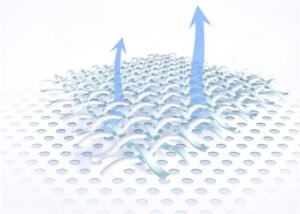
2.Stickiness After Sweating
A common challenge in workout clothes is how natural fabric behaves when wet. Some materials become sticky or cling uncomfortably to the skin after sweating.
If your sportswear is for high-intensity workout, means a lot of sweating
.In this case ,you should choose natural fabrics which has moisture-wicking properties, can dry quickly to maintain comfort during and after exercise.
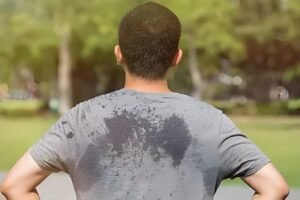
3.Abrasion Resistance
Different intensity workout require different level’s abrasion resistance.If the workout clothes need to be wear for basketball, football ,baseball like that ,so the strong abrasion resistance was required.
we believe you do not want to see their workout clothes was damaged when they jus wear 1-2 times, but if the workout clothes just need to be wear for yoga ,golf like that ,you could lower your standards for it .
4.Heat Dissipation
You may need to consider this factor for outdoor workout in summer ,cus feel cooling is very important in high temperature environments.
If your activewear line is designed for summer training, running, or outdoor sports, choosing fabrics with good heat dissipation is key to keeping your customers comfortable and motivated.
5.Fabric Weight and Overall Comfort
Ultimately, overall comfort is key. Even if a natural fabric meets the first four criteria, it may not be the right choice if it doesn’t feel good when worn.
When selecting natural fabrics, fabric weight is an important factor to consider— their unit is g/m² or GSM.
For example, if you’re designing activewear for summer or indoor workouts, a lighter fabric around 100–220 g/m² is usually sufficient.
On the other hand, winter or outdoor performance wear may require heavier fabrics, typically over 220 g/m², to provide more warmth and structure.
Always remember to order fabric swatches or samples to physically assess the texture, drape, and hand-feel before making a final decision.
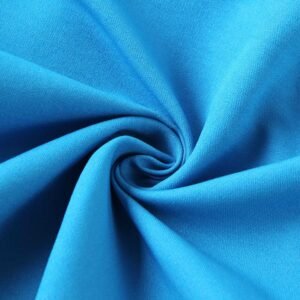
Best Natural Fabrics for Different Workout Scenes
In order to let you compare fabric’s property easily.We will use 1-5 star to represent it .For example,1 start means very low breathability ,5 start means strong breathability.
1.Low to Medium Intensity Workouts – Bamboo
- Breathability: 5 stars
- Stickiness After Sweating: 5 stars(Moisture-Engineered)
- Abrasion Resistance:3stars
- Heat Dissipation:4 starts
- Other advantages:Natural antibacterial protection, Natural UV protection
So if your brand mainly focus on low-mid intensity workout ,bamboo is the best choices.The famous activewear brand with bamboo is like Lete active-bamboo
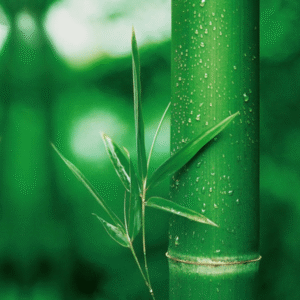
- Breathability:3 stars
- Stickiness After Sweating:4.5 stars
- Abrasion Resistance:5 stars
- Heat Dissipation :3 stars
- Other advantages:Natural antibacterial protection, Extremely soft
When workouts involve intense movement and heavy sweating—like HIIT, cardio, or cycling—TENCEL™ Lyocell stands out. It’s lightweight, moisture-wicking, and quick-drying, offering a smooth, cool touch that keeps athletes comfortable even during peak exertion.The famous activewear brand with Lyocell is like Tripulse
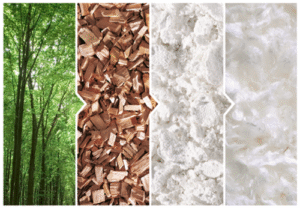
3.Outdoor Workouts in Cooler Weather – Merino Wool
- Breathability:2 stars
- Stickiness After Sweating: 3 stars
- Abrasion Resistance:5 stars
- Heat Dissipation : heat preservation
- Other advantages:Intelligent temperature control for cold environment,Natural antibacterial protection, Natural UV protection
For outdoor running, hiking, or training in cold or variable weather, merino wool is ideal. It naturally regulates body temperature, offers excellent insulation, and can still keep you warm even when damp—without feeling bulky or itchy.The famous activewear brand with Merino Wool is like Icebreaker
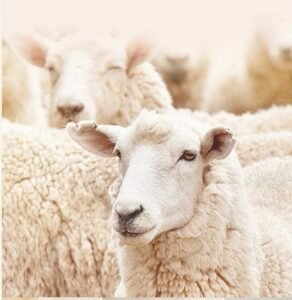
4.Casual or Everyday Sportswear – Organic Cotton or Hemp
Organic Cotton
- Breathability:2 stars
- Stickiness After Sweating: 3 stars
- Abrasion Resistance:4.5 stars
- Heat Dissipation : 2 stars
- Other advantages:Extremely soft,Natural moderate cushioning
Hemp
- Breathability:4 stars
- Stickiness After Sweating: 5 stars
- Abrasion Resistance:2 stars
- Heat Dissipation : 5 stars
- Other advantages :Natural antibacterial protection
But Hemp is a relatively coarse fiber, and its touch and elasticity are not very good.
For casual wear, leisure sports, or athleisure styles, organic cotton and hemp provide a comfortable, sustainable option. These fabrics are breathable, durable, and great for relaxed fits. Hemp, in particular, gets softer with each wash and has impressive longevity.
The famous activewear brand with Organic cotton is like Pact
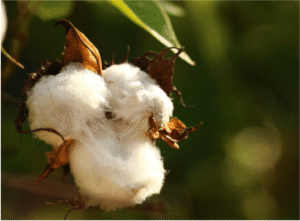
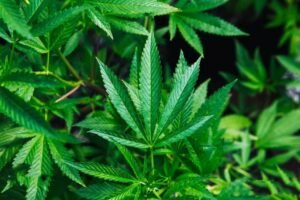
Ready to source the perfect fabric for your activewear brand?
Browse our collections or contact us for samples at: Yuuker sustainable activewear solution

